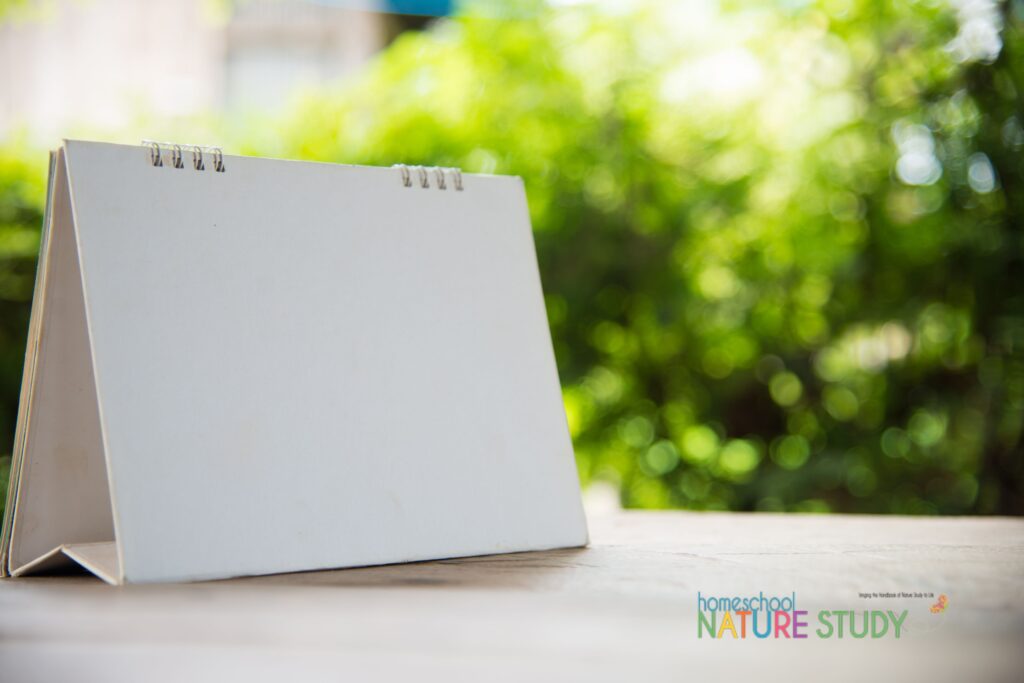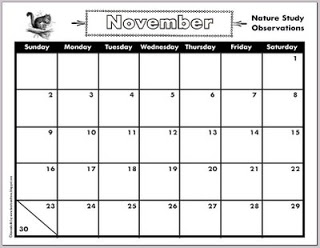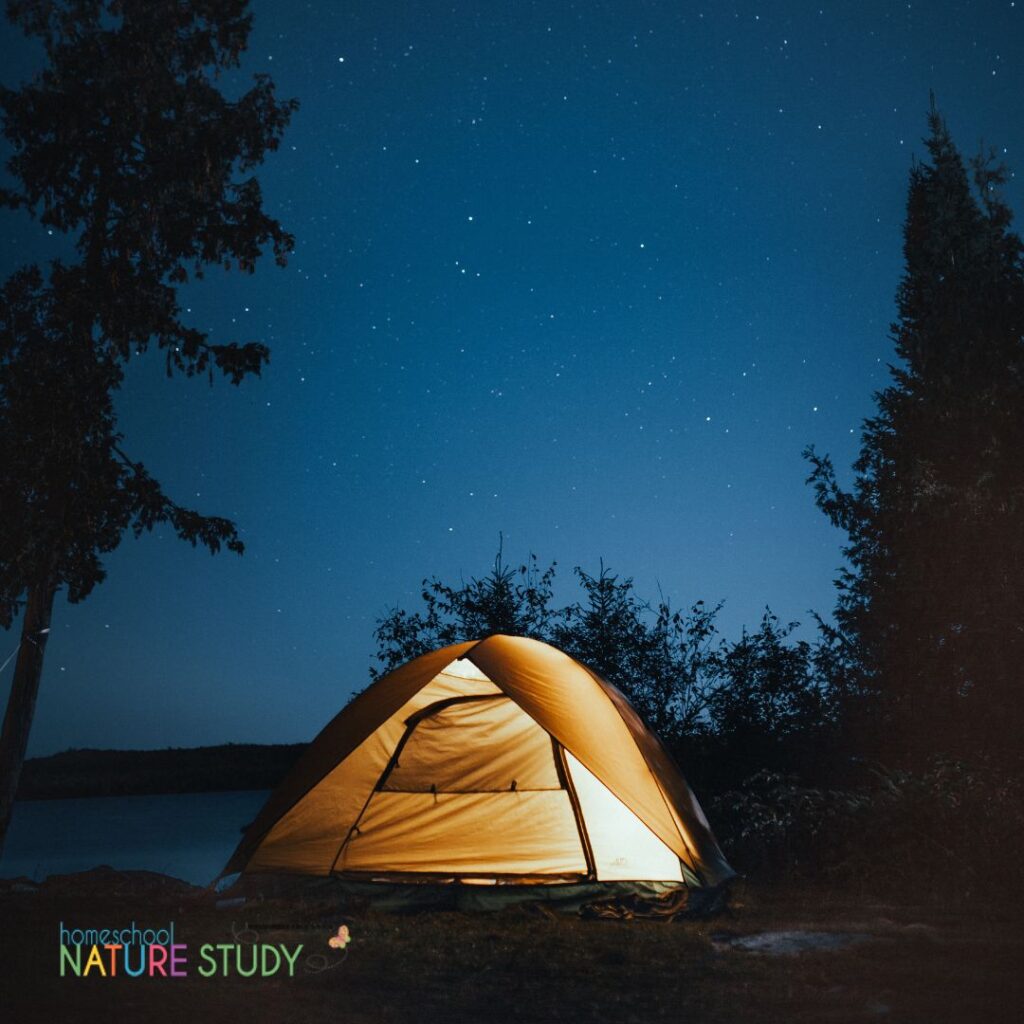Keeping a perpetual calendar of nature firsts is a wonderful long-term nature study project for families. It’s a simple way to learn the cycle of life in your world, noting the nature firsts that catch your attention each year. Comparing the dates of the firsts in nature will give you a more accurate telling of the passage of time.

Keeping a Calendar of Nature Firsts
Calendars: It’s a great idea to have children keep a calendar to record when and where they saw the first oak leaf, the first tadpole, the first primrose, the first ripe blackberries. Then next year they can pull out the calendar and know when to anticipate seeing these things again, and they can note new discoveries. Imagine how this will add enthusiasm for daily walks and nature hikes! A day won’t go by when something isn’t seen to excite them.
Charlotte Mason-in modern English

Download Your Free Calendar Page
(Note that members have this printable in your Planning Resources course in Homeschool Nature Study membership!)
You can use a calendar page for each month with the list of days down the side or a more traditional grid style calendar where you fill in the boxes as you go. Whichever way you choose will work if you just remember to weekly take a minute or two to note any nature firsts you observed. Make sure to record the date (including year), time, and or location of your observation.

Nature Study Items To Look For Each Year
- First elk
- First ground squirrels
- First snow
- First robin, junco, swallow, hummingbird
- Last leaves on the aspen (Yes, you can keep track of “lasts” as well.)
- First campfire of the season
- First fire in the wood stove

More Nature Study Firsts for You to Observe in Your Homeschool
- First bee seen
- Frogs chirping– first day heard
- First mosquito bite
- First skunk smell
- First trillium or other wildflower blooming
- First acorns on the ground
- First green grass
- First tulips blooming
- First day warm enough for shorts and t-shirts
- First freezing temperatures
- First snowfall
As you can see from the list, you are not limited to any one season or any one area for your firsts. Challenge your children to come up with some nature firsts of their own.
A calendar of firsts can be kept by the entire family or by each individual child. The observations can be listed in words and/or pictures!
The beauty of this project is that it can be started at any time and can be completed over many years with no guilt if you forget to record something for a period of time. If that happens, just pick up where you left off.

More Ways to Include Nature Study in Your Homeschool
Here are a few more ideas you might enjoy:
- Using the Public Library to Enhance Your Nature Study
- How to Use the Outdoor Hour Challenges for Your Homeschool Family Nature Study
- 3 Tips for Nature Journaling When You Think You Can’t Sketch
- Does Homeschool Nature Study Count as Science?
Be inspired. Be encouraged. Get outdoors!
Written by Outdoor Hour Challenge founder, Barb McCoy in 2015. Updated by Tricia 2022.
